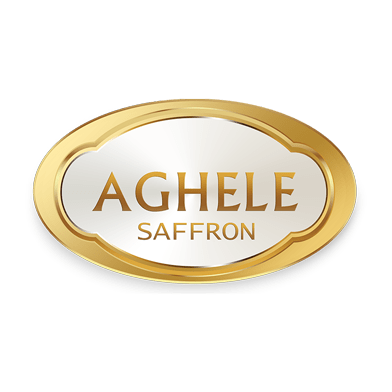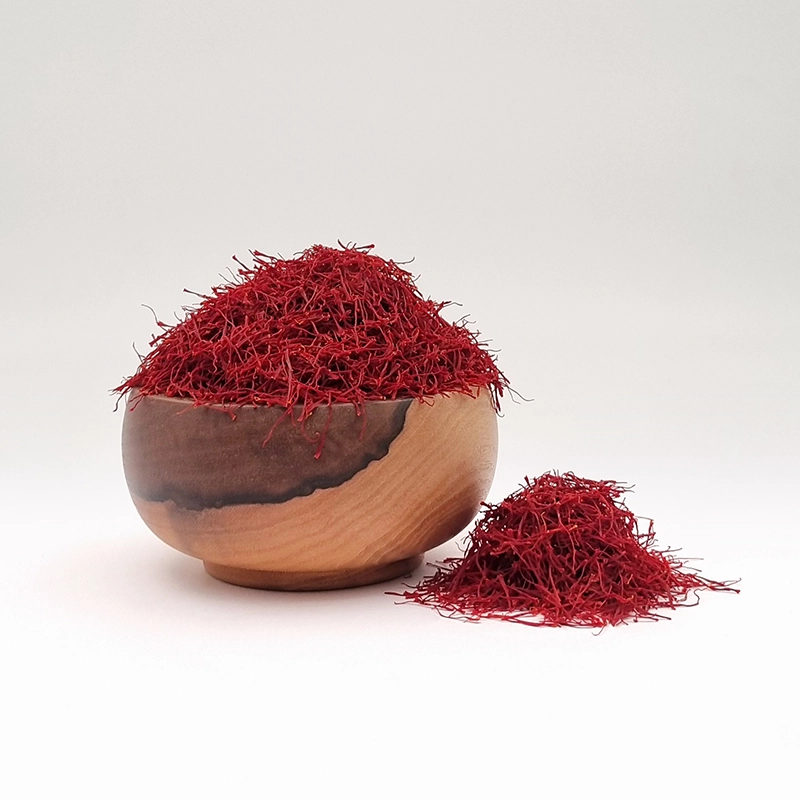Introduction of Sargol saffron
Sargol saffron is called a saffron that has only the red stigma and the root is completely separated. This saffron is called Sargol because it has the upper part of the stigma.
The coloring of this type of saffron is very high due to the presence of red stigmas and it has about 260 coloring units. The most important feature of this saffron is its uniform, thick and colorful strands.
Sargol saffron is very suitable for export due to its beautiful appearance, quality, taste and color.
Sargol saffron and its features:
- Of a pretty color
- threads are completely separate
- threads without white
- threads and uniform appearance
Note: In one kilo of saffron, there is a very small amount of poshal left in the sort, which causes a lot of fragrance in the saffron.
Characteristics of Sargol saffron
Sargol saffron, which is known as premium saffron, has good characteristics. This saffron with thick and unbroken stigmas, long stigma length and the absence of white parts of the root that have taken on a red color, is known as one of the best and high quality types of Sargol saffron.
This type of saffron has attracted the attention of consumers due to its high quality and unique characteristics.
In addition, Sargol saffron has a pleasant aroma and taste that consumers prefer. Due to its rich red color and high quality, this type of saffron is used for edible, decorative purposes and in traditional medicine.
Therefore, Sargol saffron with features such as rich red color, thick stigmas, no broken stigmas and high stigma length, is known as one of the best and highest quality types of saffron in the market.
The structure of saffron
Saffron is a spice derived from the dried stigmas of the Crocus sativus flower. It is highly prized for its distinct flavor, aroma, and vibrant yellow color. The structure of saffron can be described in terms of its physical composition and chemical constituents.
Physical Structure:
Saffron primarily consists of three parts:
1. Stigma:
The stigma is the female reproductive part of the flower. It is a thread-like structure that protrudes from the center of the flower. The stigmas of the Crocus sativus flower are where saffron is derived from.
2. Style:
The style is the stalk that connects the stigma to the rest of the flower. It provides support and helps in the delivery of nutrients to the stigma.
3. Flower:
The flower of Crocus sativus is a small, purple flower with six petals. It blooms for a short period, usually in the fall.
Chemical Constituents:
Saffron contains a variety of chemical compounds that give it its distinctive flavor, aroma, and color. The major constituents of saffron include:
1. Crocin:
Crocin is a water-soluble carotenoid compound responsible for saffron’s vibrant yellow color. It is a glycoside composed of a sugar molecule (gentiobiose) and a pigment (crocetin).
2. Picrocrocin:
Picrocrocin is responsible for the bitter taste of saffron. It is a monoterpene glycoside and acts as a precursor to safranal.
3. Safranal:
Safranal is an organic compound responsible for saffron’s distinct aroma. It is derived from the breakdown of picrocrocin during the drying process. Safranal is volatile and contributes to the overall fragrance of saffron.
4. Other compounds:
Saffron also contains other volatile compounds, including terpenes, terpene alcohols, and esters, which contribute to its overall flavor and aroma.
It’s worth noting that the exact composition and concentration of these compounds can vary depending on various factors such as the origin, processing, and storage of saffron.
Overall, the structure of saffron includes the thread-like stigma, the connecting style, and the small purple flower. The chemical constituents of saffron, such as crocin, picrocrocin, and safranal, contribute to its distinct color, taste, and aroma.
The last word
We also sell Sergol Super saffron, which you can easily buy with one click.
For more assurance, you can refer to Saffron Aghele’s Instagram page and see how saffrons are packaged and tested.
The most important point about all these types of saffron is that to ensure the purchase of high quality saffron, it is better to buy from reputable and reliable sellers. Also, when buying saffron, you can pay attention to factors such as color, taste, aroma, length of stigmas and the presence of broken stigmas to make the best choice.
Buy saffron
You can call these numbers to buy saffron
Also, send a message to Aghele Saffron’s Instagram direct.



Reviews
There are no reviews yet.